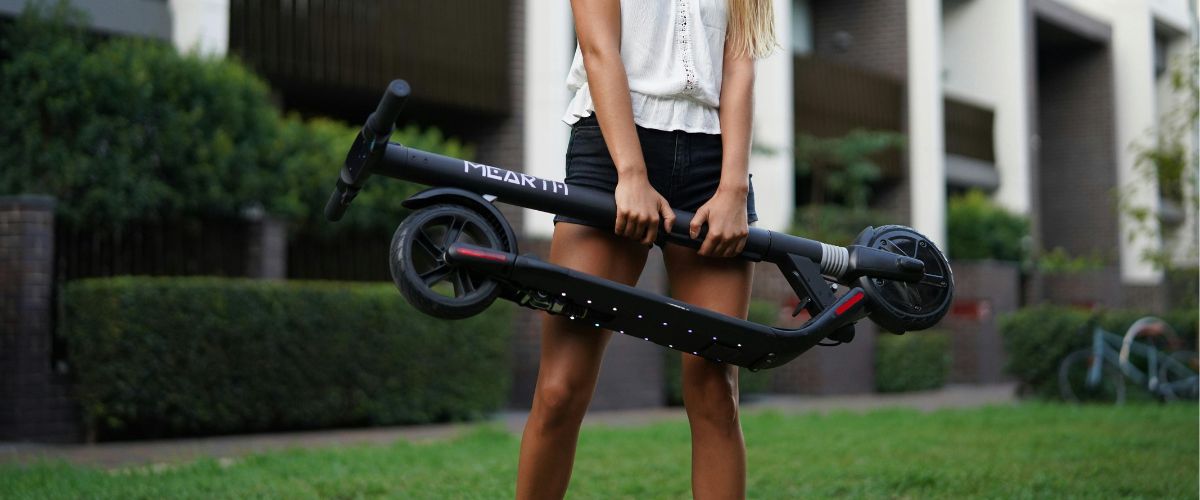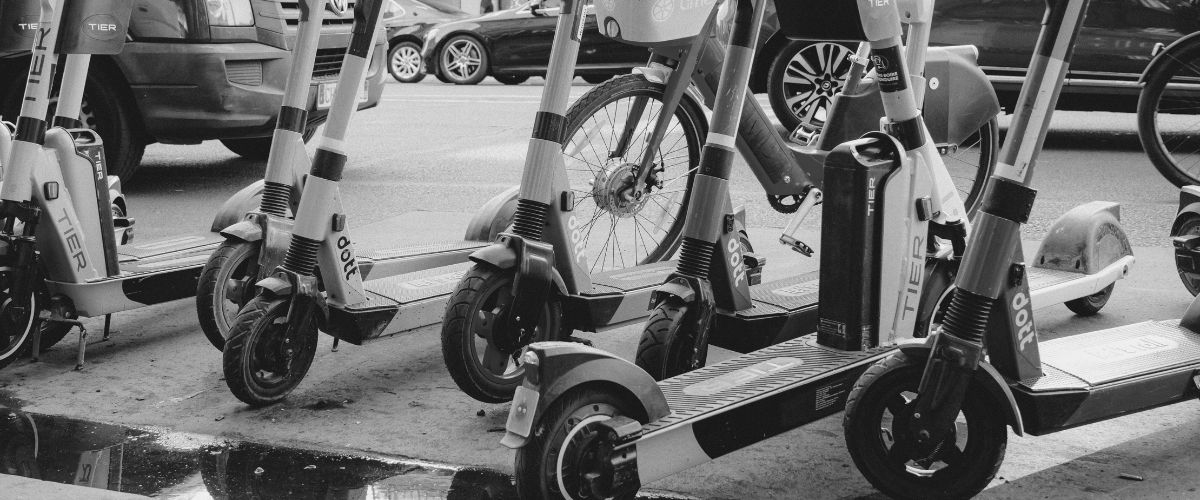How to charge your electric scooter?

With the rise of electric scooters, understanding how to charge them properly is essential to prolonging the battery's lifespan and optimizing your vehicle’s performance. Charging your scooter is not just a matter of plugging it in; it involves practices that directly affect the battery’s durability, the device's safety, and the user experience. In this article, we will explore the steps to follow, the mistakes to avoid, and some tips to maximize charging efficiency.
1. Understanding your electric scooter’s battery
Most electric scooters on the market are equipped with lithium-ion batteries. These batteries offer a good weight-to-power ratio and a relatively long lifespan if properly maintained. However, they are sensitive to external factors such as temperature, charge cycles, and discharge levels.
Average battery lifespan
An electric scooter battery has an average lifespan of 500 to 1000 charge cycles, depending on usage. Each cycle represents a full charge, but it’s important to note that charging at 50% twice only counts as one full cycle. To maximize your battery’s lifespan, it's best not to let it get completely empty before recharging.
Read our article on the lifespan of an electric scooter battery.
2. Steps to charge your scooter
Step 1: Use the right charger
Each electric scooter model comes with a specific charger. It’s essential to use the original charger or, if unavailable, a compatible charger recommended by the manufacturer. Using an inappropriate charger can not only damage the battery but also lead to overheating or, in extreme cases, fires.
Step 2: Check the battery temperature
Before plugging in your scooter, ensure the battery is at room temperature. Lithium-ion batteries don’t like very cold or very hot temperatures. If you’ve just used the scooter, let it cool down for a few minutes to avoid charging while it's still hot.
Step 3: Plug the charger into the wall first
For optimal charging, always start by plugging the charger into the wall outlet before connecting it to the scooter. This helps avoid potential power surges that could damage the battery.
Step 4: Connect the charger to the scooter
Once the charger is properly plugged into the wall, connect it to your scooter. A light indicator will usually turn on to show that the charging process has started. On most models, this light changes from red to green once the charge is complete.
Step 5: Don’t overcharge your battery
Although most modern electric scooters come with overcharge protection systems, it’s best not to leave your device plugged in overnight. Repeated overcharging can, over time, affect the battery’s lifespan.
3. Common mistakes to avoid
Charging a completely drained battery
A common mistake is waiting for the battery to be completely empty before charging. Contrary to some misconceptions, lithium-ion batteries do not have a memory effect. It’s recommended to charge them before they reach a critical discharge level, ideally around 20 to 30%.
Exposing the battery to extreme temperatures
Your scooter's battery is sensitive to temperature variations. Prolonged exposure to very low (below 0°C) or very high (above 40°C) temperatures can affect its performance and shorten its lifespan. Avoid leaving your scooter in the sun during summer or outdoors in winter.
Using uncertified chargers
As mentioned earlier, using an inappropriate charger can damage the battery and also pose a risk to your safety. If you need to replace the original charger, choose a manufacturer-certified model.

4. Tips for extending your battery’s lifespan
Charge regularly
Even if you don’t use your scooter every day, it’s recommended to charge it regularly. Don’t let a lithium-ion battery discharge completely over long periods, as this can lead to permanent capacity loss.
Store the scooter at half charge
If you plan not to use your scooter for several weeks, make sure to store it with a battery charged between 40 and 60%. This helps maintain battery health in the long term. However, do not leave the battery fully charged or discharged for extended periods.
Use protective accessories
Purchasing additional protections for the battery, such as insulated covers, can also be a good investment if you live in a region where temperatures can be extreme.
5. What to do if you have charging problems?
If you encounter a problem charging your electric scooter, here are a few checks to make:
- Check the charger: Test the charger with another scooter or compatible device to see if it works properly.
- Inspect the connectors: Sometimes, a simple dust particle or poor connection can prevent charging.
- Consult the user manual: It often contains solutions for common battery and charging-related problems.
If the problem persists, Doctibike can carry out a full diagnosis of your electric scooter battery.
By following these tips, you will not only ensure the safety of your device but also extend your electric scooter’s battery life. At Doctibike, we offer high-quality replacement batteries as well as certified chargers to ensure optimal charging. If you have any questions about maintaining or replacing your scooter’s battery, feel free to contact us!

















